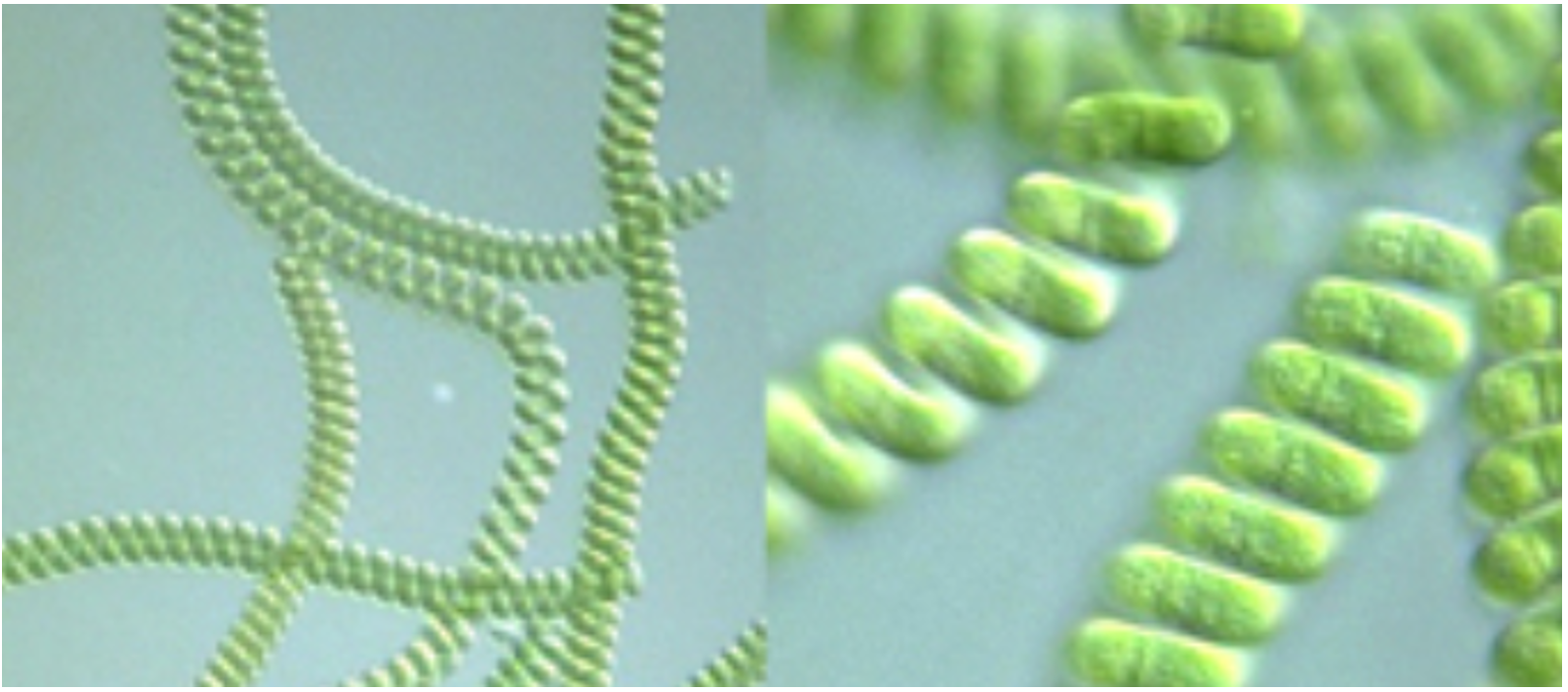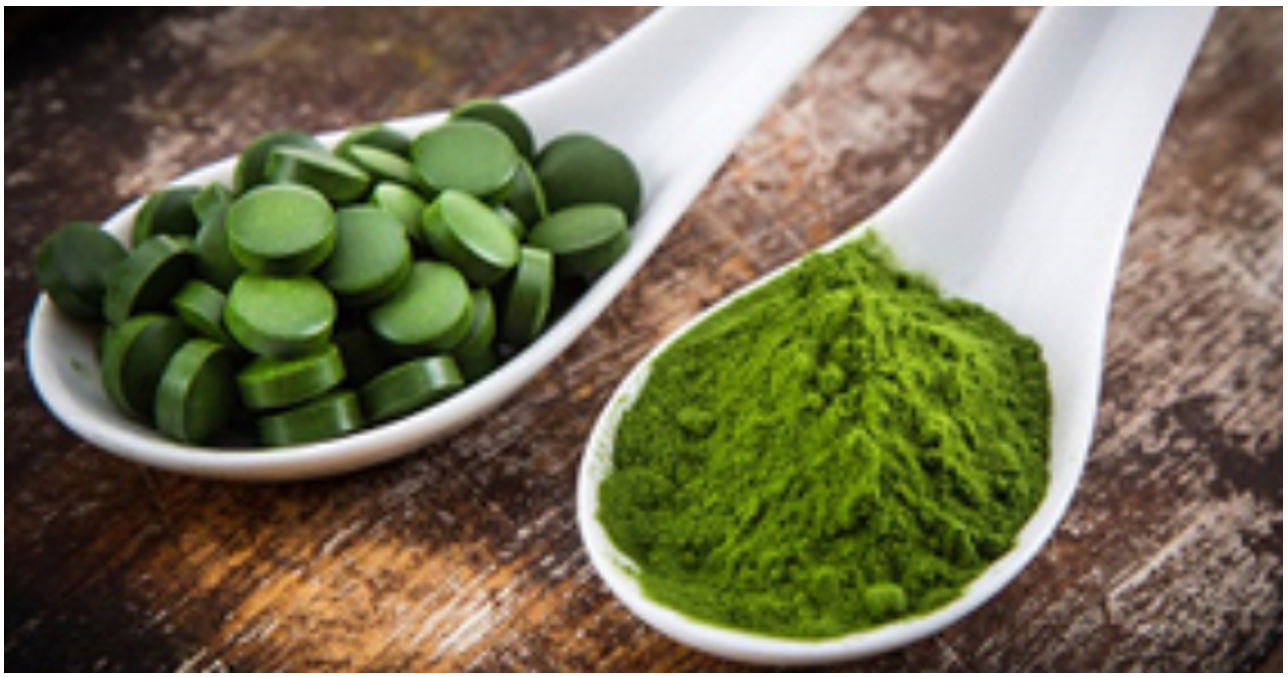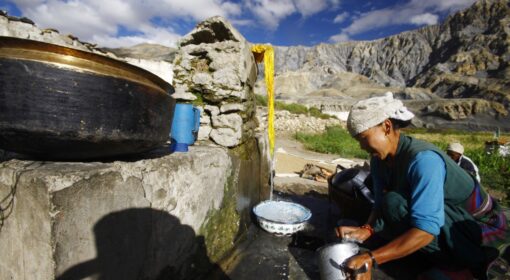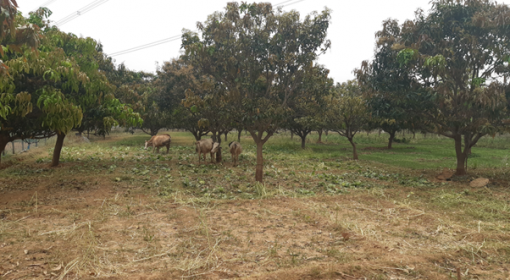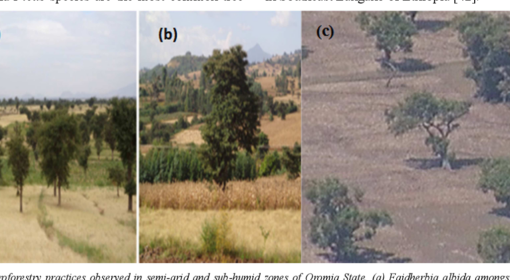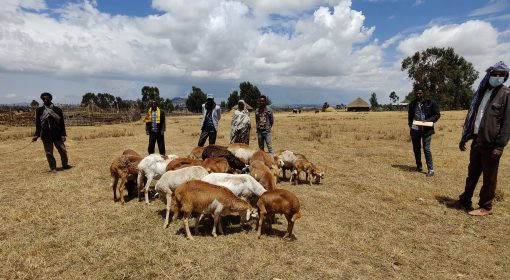Spirulina: Opportunities for nutrition and livelihoods in Ethiopia
by Jean Marc Pace Ricci
July 23, 2019
Spirulina has been used as food for centuries by different populations all over the world and recently has been rediscovered as a food supplement. Its high protein, vitamin, and nutrient content, as well as rapid growth rates have attracted the attention of nutritionists and farmers alike.
Spirulina (Arthrospira sp.) refers to a genus of free-floating blue-green cyanobacteria. This genus of cyanobacteria grows in solitary and helical multicellular trichomes (spirals) and reproduces by binary fission. Spirulina is autotrophic – oxygenic and photosynthetic; like most algae it uses light to photosynthesize and consumes oxygen to respire. The natural habitats of Spirulina are alkaline (pH 9-11) brackish and saline (high concentrations of carbonate and bicarbonate salts) waters and lakes in tropical and subtropical regions. Many such lakes exist along Ethiopia’s Great Rift Valley (ex. Lakes Chitu and Shala) which are inhospitable to most other forms of life.
Image sourced from: http://tea4africa.org/Spirulina%20Program.html
Historical records show that Spirulina was an important food source for the Aztecs and other Mesoamericans. Records from the 16th century describe the harvesting and sale of “tecuitlatl” (Spirulina) from Lake Texcoco in Mexico. Records from the 1940s also describe a cake called “dihe” produced around Lake Chad in Chad, this cake is made from a dried puree of Spirulina. The nutritional and socio-economic value of Spirulina is recently being reappreciated; the global spirulina market size was $346 million in 2018, and is projected to reach $779 million by 2026.
- Nutrition & Health
Spirulina is considered a super food for many reasons. It is an ecologically sound dietary supplement, especially the A. platensis and A. maxima species. 53-68% of the dry weight of Spirulina is protein (chicken is only 32%, almonds 21%, and chickpeas 8.4%) and contains all essential amino acids. Spirulina is also packed full of vitamins (A, B-6, C, K, E) and minerals (Fe, Mg, P, K, Na, Zn, Cu, Mn, Se), as well as polyunsaturated fatty acids containing the γ-Linolenic acid (GLA), an essential Omega-6 Fatty acid. The combination and concentration of all these nutrients makes it a great food supplement for the malnourished, and the health conscious.
Image sourced from: http://tea4africa.org/Spirulina%20Program.html
Scientific research is also revealing some promising results for other health benefits associated with Spirulina. These range from treatments for certain cancers, allergies, anemia, hepato-toxicity and vascular diseases. Reports are also emerging about Spirulina’s antioxidant properties. However, more research is needed before these claims can be confirmed.
- As a crop
In terms of production, Spirulina is a simple crop grown in open ponds or in closed systems. The most important thing is to get the conditions right, an optimum pH of 10.5, high concentrations of carbonate and bicarbonate salts, temperatures between 35-38oC, an appropriate supply of nitrates and phosphates, and plenty of light. Open pond systems are the most common, having the advantage of being cheap and easy to set up but they come with the disadvantages of water losses and contamination risk. Closed systems on the other hand are a more expensive but offer more control over the environmental conditions and eliminate water losses and contamination risk. Both small-scale and large-scale production systems are cropping up all over the world, but tropical and subtropical regions have the advantage of high temperatures, and in cases like Ethiopia, readily available sources of alkaline lake water.
- As a livelihood opportunity
Spirulina offers exciting opportunities for small-scale low-tech production systems as well as high-tech large-scale production systems. These opportunities bring with them the potential for livelihoods and nutrition with minimal negative environmental impacts. The WHO described spirulina as a super food in 1974 indicating its potential to help malnourished children. The UN established the Intergovernmental Institution for the use of Micro-algae Spirulina Against Malnutrition in 2003 (IIMSAM). Since then, many organizations and NGOs have set up and are still setting up Spirulina-based projects all over the world such as Tiruzer Ethiopia for Africa’s Spirulina program starting this year (2019) in Gambella, Ethiopia (http://tea4africa.org/Spirulina%20Program.html). In addition to alleviating malnutrition, Spirulina also offers both local and international market potential as a food supplement for vegetarians and the health conscious. And beyond its potential here on Earth, both NASA and the ESA have indicated Spirulina’s potential as astronaut food that can be cultivated during long-term space missions!
To learn more:
- Spirulina a livelihood and a business venture (2012) http://www.fao.org/3/a-az386e.pdf
- A review on culture, production and use of spirulina as food for human and feeds for domestic animals and fish (2008) http://www.fao.org/3/a-i0424e.pdf
- Intergovernmental institution for the use of micro-algae spirulina against malnutrition (IIMSAM) http://iimsam.org/eng/
- Spirulina production in the ESA-IO region – The way forward (fact sheet) http://www.fao.org/3/a-br807e.pdf
- Spirulina in Space (ESA)
http://www.esa.int/Education/Teachers_Corner/Food_from_Spirulina_project_concludes - Images sourced from: http://tea4africa.org/Spirulina%20Program.html
{jcomments on}
